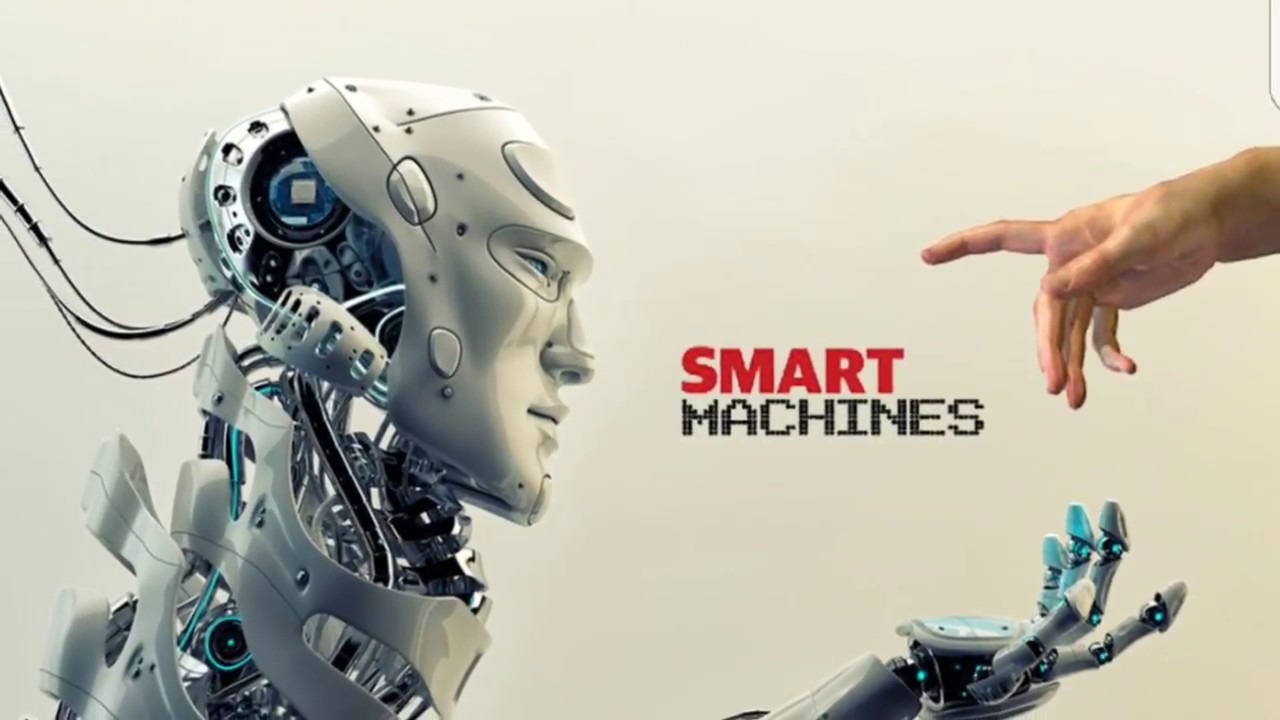Machine learning and artificial intelligence are driving the development of smart machines. Machine learning allows machines to learn from large amounts of data without being explicitly programmed. Through machine learning, machines can recognize patterns in data, make predictions and decisions with minimal human involvement. Artificial intelligence, on the other hand, is the ability of machines to exhibit human-like intelligence through reasoning, planning and problem-solving. The combination of machine learning and AI is enabling machines to perform various human tasks autonomously and intelligently.
Smart Machines learning has powered many forms of artificial intelligence and enabled machines to accomplish tasks that previously required human intelligence. Machine learning algorithms use sample data, known as “training data”, to recognize patterns in vast amounts of information and detect how those patterns predict outcomes. These algorithms then use the detected patterns to predict likely outcomes on new data. For example, facial recognition systems use machine learning to analyze millions of images of faces to learn how to identify unique facial features and match them with names. The algorithms can then recognize new faces and link them to individuals.
Applications of Smart Machines
In many sectors, Smart Machines powered by machine learning and AI are automating routine tasks previously done by humans. In manufacturing, industrial robots use computer vision, motion control algorithms and machine learning to perform complex tasks like picking components and assembling products with high precision and speed. In transportation, autonomous vehicles use machine learning, computer vision, GPS technologies and sophisticated sensors to perceive their environment and navigate roads without human input.
Companies like Anthropic, DeepMind, and OpenAI are developing conversational AI’s like chatbots that can understand natural language conversations, answer questions and provide personalized assistance. These AI’s are being deployed across many industries in customer service applications to handle basic queries and requests. Healthcare organizations are utilizing machine learning to analyze medical images, detect diseases and develop personalized care plans. Financial institutions use AI to analyze customer data and spending patterns to tailor products and services, detect fraud and reduce risks.
Developments in machine learning and deep learning techniques have enabled major advancements in computer vision. Deep learning neural networks can be trained on millions of images to perform complex visual perception tasks like object recognition, facial recognition and image captioning. Companies like Google, Amazon, IBM and Intel are utilizing computer vision and deep learning for applications in transportation, manufacturing, retail, security and more. In manufacturing, computer vision enables automated quality inspection and defect detection on production lines. In retail, computer vision enables applications like predictive inventory management, personalized product recommendations and automated checkouts.
Machine learning is also automating knowledge work traditionally performed by humans. With natural language processing techniques, machine learning systems can read and comprehend vast amounts of text data like legal documents, research papers, customer support transcripts to answer questions, generate summaries and insights. Some companies are developing AI-based writing assistants that can generate basic news articles, draft legal documents, summarize research papers and provide other writing supports based on guidelines and sample training text. Legal research, financial analysis, medical transcription are some other knowledge work domains being augmented by machine learning.
Machine Learning and Smart Machines Benefits Society
While raising concerns about job losses, smart machines powered by AI and machine learning also offer significant benefits to society. They are automating repetitive and hazardous tasks, freeing humans to focus on more creative and meaningful work. AI is being leveraged to advance scientific research by processing huge datasets and identifying patterns much faster than humans. Machine learning enables precision agriculture by analyzing soil and weather conditions to maximize crop yields. AI and ML are used in drug discovery to screen millions of potential drug compounds and accelerate development of new medicines. Automated vehicles promise to reduce road accidents caused by human errors. The application of these technologies is still in early stages, and their societal impact will largely depend on how they are developed and deployed responsibly by organizations. Overall, smart machines augment human capabilities and have the potential to address many challenges facing humanity if developed for the benefits of all.
Regulating Smart Machines and Ensuring Ethics
As machines become more autonomous and impact myriad areas of life, there are growing concerns about regulating them, ensuring accountability and building them with proper ethical values. Researchers are exploring techniques like constitutional AI to instill ethical values in machine systems and achieve outcomes aligned with human well-being. Areas like transparency, explainability, accountability, safety are being focused on to develop best practices for designing and deploying AI and avoiding potential harms. Organizations are called to practice fairness, non-discrimination, safety in applying AI and machine learning. Governments are exploring policy frameworks for oversight of autonomous systems, data privacy, algorithmic bias and other societal issues arising from these technologies. Proper guidelines, regulations along with research in areas like interpretable AI and verified self-supervised learning will be crucial to maximize benefits of smart machines while mitigating risks for individuals and society.
*Note:
1. Source: Coherent Market Insights, Public sources, Desk research
2. We have leveraged AI tools to mine information and compile it.
About Author - Ravina Pandya
Ravina Pandya,a content writer, has a strong foothold in the market research industry. She specializes in writing well-researched articles from different industries, including food and beverages, information and technology, healthcare, chemicals and materials, etc. With an MBA in E-commerce, she has expertise in SEO-optimized content that resonates with industry professionals. LinkedIn Profile



